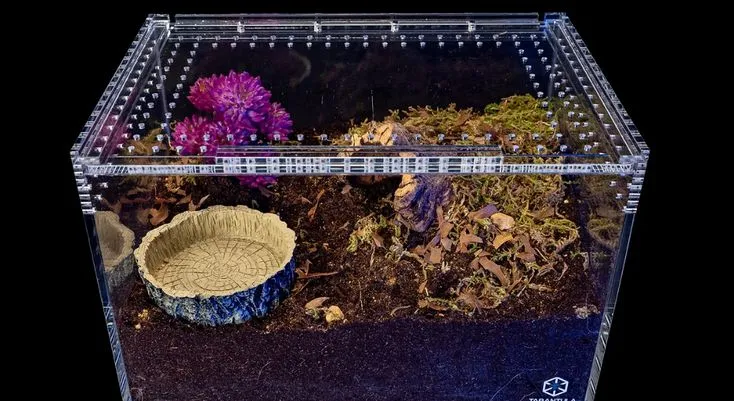What to Consider When Choosing Tarantula Enclosures
Choosing the best tarantula enclosure is crucial for the health and well-being of your eight-legged friend. A well-suited enclosure provides a safe, comfortable, and enriching environment, allowing your tarantula to thrive. This guide will walk you through the essential factors to consider when selecting an enclosure, ensuring you make an informed decision that benefits both you and your pet. From size and ventilation to substrate and accessories, we’ll cover everything you need to know to create an ideal habitat.
Size Matters How Big Should Your Enclosure Be
The size of your tarantula enclosure is paramount. A too-small enclosure can restrict movement and lead to stress, while an excessively large one can make it difficult for your tarantula to find food and feel secure. The general rule of thumb is to provide an enclosure that is at least three times the tarantula’s leg span in width and length. This allows for adequate space for burrowing, hiding, and exploring. Vertical space is also important, especially for arboreal species that climb. Consider the specific species of tarantula you plan to keep, as their size and behavior will influence their enclosure needs.
Tarantula Species and Their Needs
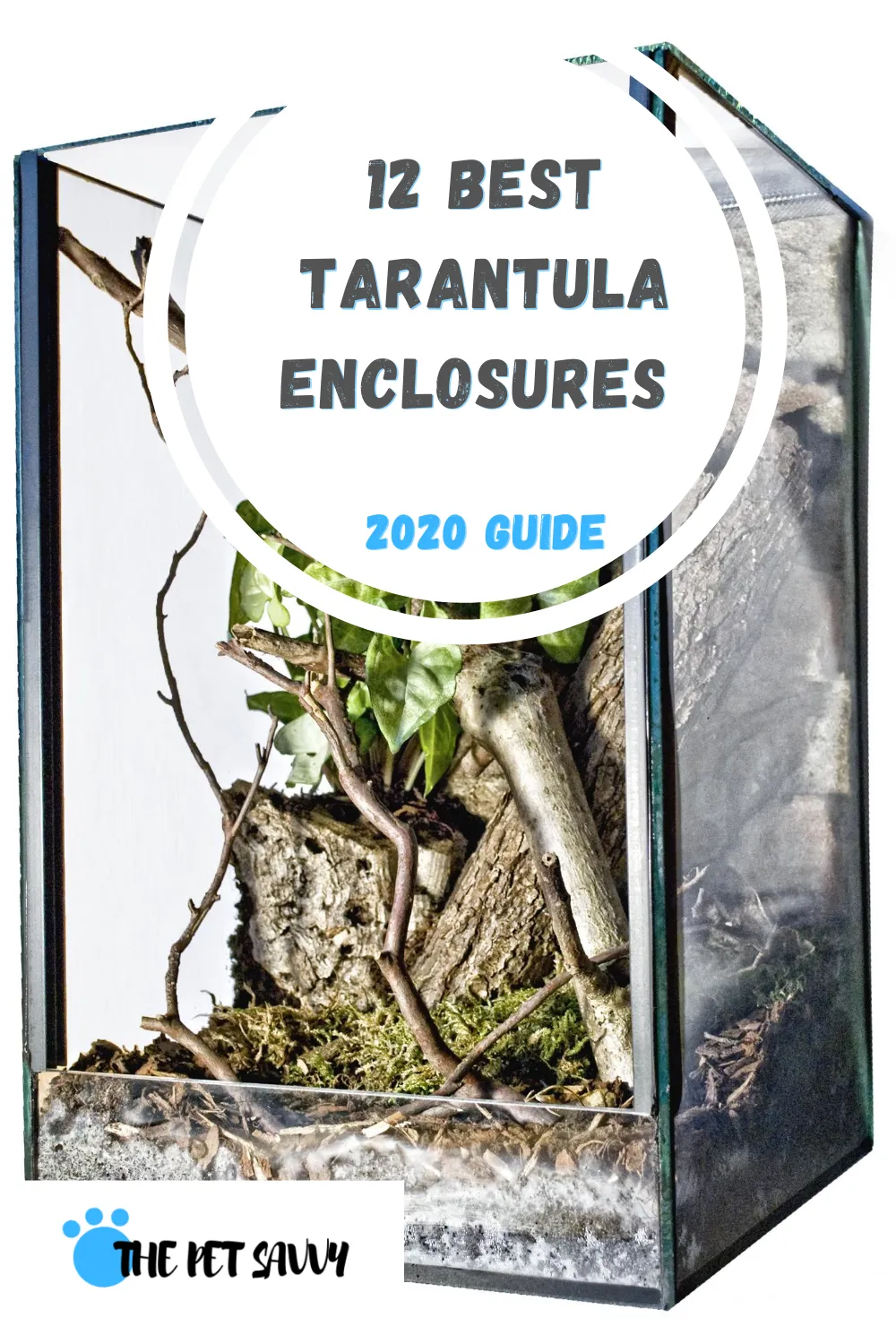
Different tarantula species have varying needs. For instance, terrestrial species, which live on the ground, require more floor space and a substrate suitable for burrowing. Arboreal species, on the other hand, need more vertical space and sturdy branches or cork bark for climbing. Consider the adult size of your tarantula when selecting an enclosure, as it will need to accommodate its full growth. Researching the specific requirements of your chosen species is the best way to ensure the enclosure is perfectly tailored to its needs. Always prioritize the specific species requirements over general guidelines.
Choosing the Right Substrate for Your Tarantula
The substrate is the bedding material that lines the bottom of your tarantula enclosure, serving multiple essential functions. It provides a surface for your tarantula to walk on, burrow in (for terrestrial species), and helps to maintain humidity levels. The right substrate is critical for the tarantula’s health and well-being, creating a comfortable and natural environment. Choose a substrate that is non-toxic, absorbent, and free from harmful chemicals or additives. The ideal substrate will also be easy to clean and replace when necessary, maintaining a hygienic environment within the enclosure. Selecting the right substrate is as important as selecting the right size of enclosure.
Substrate Types and Their Benefits
Several substrate options are available, each with its own advantages. Coconut fiber (coco coir) is a popular choice for its excellent moisture retention, making it ideal for species that require higher humidity. Sphagnum moss is another good option for retaining moisture and can be added to coco coir to enhance humidity levels. A mix of peat moss, vermiculite, and topsoil can be used for terrestrial species that like to burrow. Avoid substrates like sand, gravel, or wood shavings, which can be harmful to tarantulas. They can be abrasive, trap moisture poorly, or harbor mites. The choice of substrate depends on the species of tarantula and its specific humidity and burrowing needs. Experiment to find what works best for your pet.
Ventilation is Key for a Healthy Tarantula
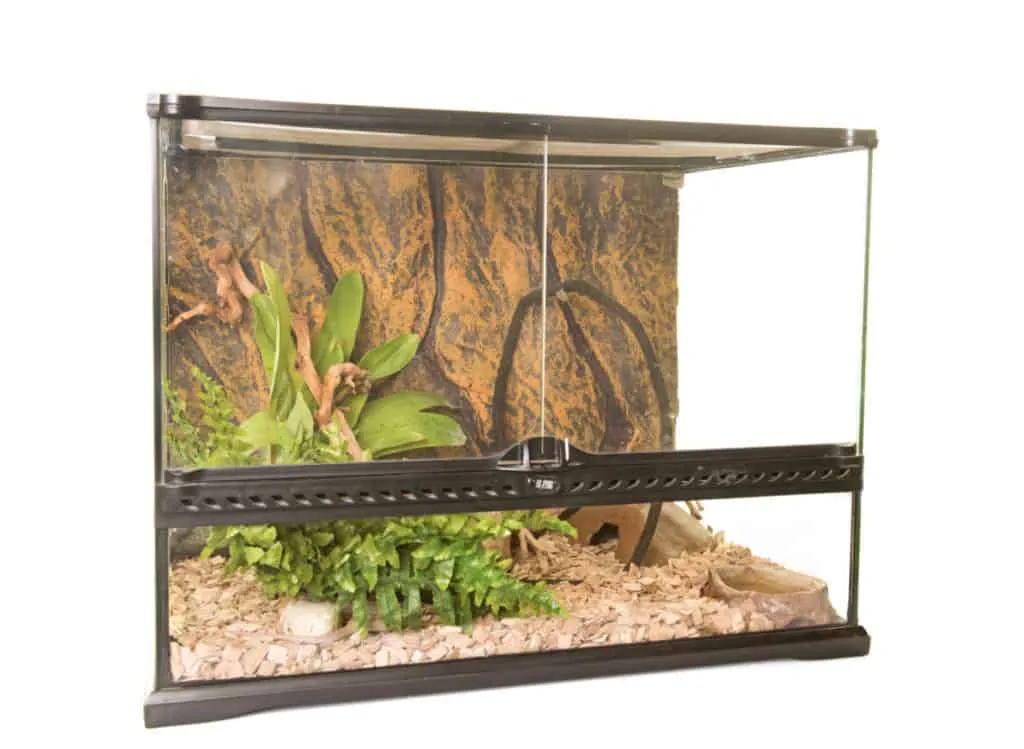
Proper ventilation is essential to prevent the buildup of harmful bacteria and mold in the enclosure. Stagnant air can lead to respiratory problems and other health issues for your tarantula. Adequate ventilation also helps to regulate humidity levels, preventing the enclosure from becoming too humid or too dry. The best tarantula enclosures have ventilation that allows for a good airflow, without creating drafts that could stress the tarantula. Consider enclosures with ventilation slits or mesh tops designed to facilitate optimal air circulation. Ventilation is often overlooked, but is a critical consideration for ensuring the enclosure is safe for your tarantula.
Ventilation Requirements
The ventilation requirements depend on the species and the humidity needs. Generally, a good rule of thumb is to have ventilation that covers a significant portion of the enclosure’s surface area. For enclosures with a mesh top, ensure the mesh is fine enough to prevent the escape of feeder insects. Enclosures with side ventilation are also beneficial, allowing for air circulation throughout the entire space. Avoid blocking ventilation holes, as this will compromise the air quality within the enclosure. Regular observation of your tarantula and its enclosure is crucial to ensure the ventilation is sufficient and maintaining a healthy environment. Monitor the enclosure for signs of condensation, which can indicate poor ventilation.
Humidity Control in Tarantula Enclosures
Maintaining the correct humidity level is vital for your tarantula’s health and well-being, as it is crucial for the molting process. Different tarantula species have different humidity requirements. Research the specific needs of your species, as some require high humidity, while others thrive in drier environments. Too much humidity can lead to mold growth and respiratory problems, while insufficient humidity can hinder molting and cause dehydration. Humidity levels can be controlled using a hygrometer to monitor the enclosure’s moisture content, along with adjusting the substrate, ventilation, and misting schedule.
Maintaining Proper Humidity Levels
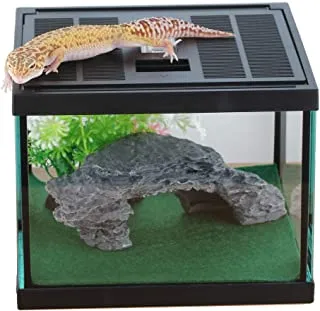
To maintain proper humidity, use a hygrometer to measure the humidity level inside the enclosure. If the humidity is too low, mist the enclosure with dechlorinated water, but avoid over-misting. Use a substrate that retains moisture, such as coco coir or sphagnum moss. Provide a water dish, which will help to increase humidity through evaporation. For species that require higher humidity, you might need to mist the enclosure daily or every other day. In dry environments, consider placing the enclosure away from direct heat sources that could dry out the air. Always monitor the enclosure to ensure you’re achieving and maintaining optimal humidity levels. This ensures a healthy molting process, so that the tarantula may live a long and healthy life.
Essential Accessories For Your Tarantula Enclosure
In addition to the enclosure itself, several accessories are essential for creating a comfortable and stimulating environment for your tarantula. These include a water dish, hides or shelters, and decorations. The right accessories enhance the enclosure’s functionality and help to meet your tarantula’s physical and psychological needs. The type of accessories you use will depend on the species of tarantula you have, but all tarantulas need some form of water, hide, and decoration. Choose accessories that are safe, non-toxic, and appropriate for the size and behavior of your tarantula. The right accessories create a more enriching and natural environment.
Water Dishes and Their Importance
A water dish is a must-have accessory for any tarantula enclosure, providing a constant source of fresh water for your pet. Choose a water dish that is shallow enough for your tarantula to access easily, but deep enough to hold a sufficient amount of water. The dish should be stable and not easily tipped over. It is important to keep the water clean, so you will need to replace the water regularly, typically every day or two. Ensure that the water is always fresh and free of any contaminants. A water dish not only provides water but also helps to maintain humidity levels in the enclosure. It is a simple but essential addition.
Hides and Decorating the Enclosure
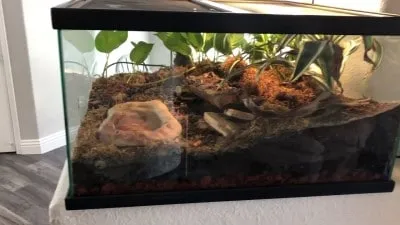
Tarantulas are naturally reclusive creatures that appreciate having a safe place to hide. Providing a hide or shelter is essential for reducing stress and allowing your tarantula to feel secure. Suitable hides can be made from cork bark, half-logs, or commercially available hide structures. Position the hide in a location that allows the tarantula to easily access it. Decorations can also enhance the enclosure and make it more visually appealing. Use non-toxic items like artificial plants, branches, or rocks to create a natural-looking environment. Make sure all decorations are stable, and there are no sharp edges or hazards that could harm your tarantula. Creating an enriched enclosure is important.
Lighting Considerations For Your Tarantula
Tarantulas do not require special lighting, as they are primarily nocturnal creatures. However, a low-wattage incandescent bulb or LED light can be used for viewing your tarantula, but avoid bright or intense lighting, which can stress your pet. If you use any lighting, place it outside the enclosure to prevent direct exposure to heat. Provide a natural day/night cycle by positioning the enclosure in a room with normal ambient light. Avoid direct sunlight, as it can overheat the enclosure. The key is to provide an environment that is not too bright, ensuring your tarantula feels secure and comfortable.
How to Maintain Your Tarantula Enclosure
Regular maintenance is essential for keeping your tarantula enclosure clean and healthy. This includes cleaning, spotting, and providing fresh food and water. A well-maintained enclosure promotes the well-being of your tarantula and helps prevent health problems. The frequency of maintenance depends on the size of the enclosure, the species of tarantula, and the rate at which the enclosure accumulates waste. Establishing a consistent maintenance routine helps to ensure you are providing the best possible care for your pet. Regular maintenance goes hand-in-hand with ensuring the enclosure is suitable for the tarantula.
Cleaning and Spotting
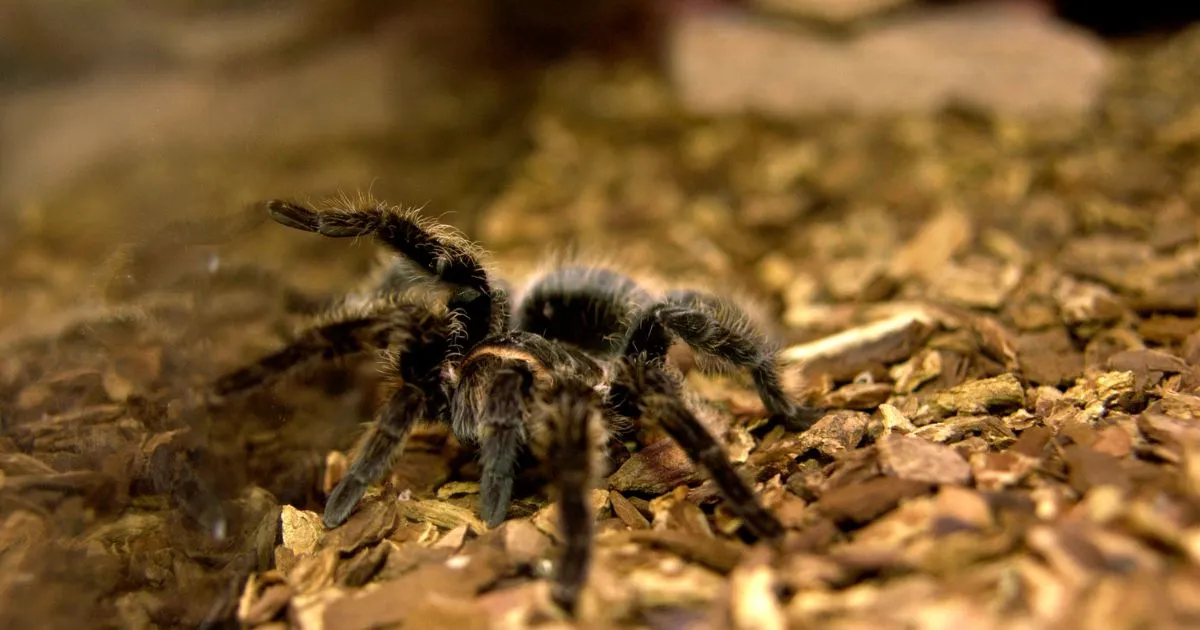
Spot cleaning involves removing any uneaten prey, feces, and shed exoskeletons from the enclosure. This should be done regularly, typically once or twice a week. A more thorough cleaning of the enclosure should be done periodically, usually every few months. This involves removing all the substrate, cleaning the enclosure with a mild soap and water solution, and replacing the substrate with fresh material. When cleaning the enclosure, be sure to handle your tarantula with care, or relocate it to a temporary, secure container. Cleaning is not just about appearance; it keeps the environment sanitary.
Feeding Your Tarantula
Feeding is an essential part of tarantula care. The frequency of feeding depends on the age and size of your tarantula. Young tarantulas need to be fed more often than adults. Crickets, mealworms, and other commercially available feeder insects are commonly used. Ensure the prey is the appropriate size for your tarantula, so that it may easily consume it. Remove any uneaten insects after a day or two to prevent them from stressing your tarantula or causing harm. Provide a varied diet to ensure your tarantula receives adequate nutrition. Always follow the recommended feeding guidelines for the specific species.
Handling and Safety Precautions
While tarantulas are generally not aggressive, handling them is not recommended, as it can stress the tarantula and increase the risk of bites. If you must handle your tarantula, do so with extreme caution. Use a soft brush to gently coax it onto your hand. Be aware of the tarantula’s behavior and avoid sudden movements. Wash your hands thoroughly after handling a tarantula. Be mindful of the tarantula’s defensive behaviors, such as raising its front legs or flicking urticating hairs. Always prioritize the safety of yourself and your pet. Observe and appreciate your tarantula from a distance, creating a safe and stress-free environment.
Conclusion
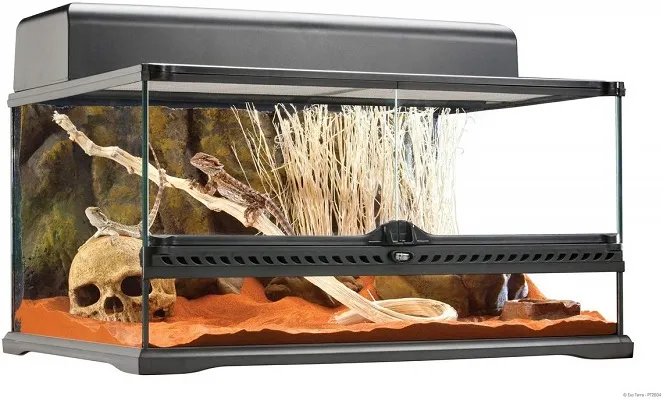
Choosing the best tarantula enclosure involves careful consideration of various factors, from size and ventilation to substrate and accessories. By understanding the specific needs of your tarantula species and providing a safe, comfortable, and stimulating environment, you can ensure your pet thrives. Remember to research your chosen species, monitor humidity and temperature levels, and maintain a regular cleaning schedule. With proper care and attention, your tarantula can live a long and fulfilling life. Creating the right enclosure is one of the most important steps towards successfully keeping a tarantula as a pet, so consider all aspects carefully.
